Cleaning Up Your Emergency Kit
Cleaning Up Your Emergency Kit

Preparedness is something that no one can afford to not to have, especially if you have a family. It can seem overwhelming to get started, but the peace of mind knowing you and your family are ready for anything is invaluable.
There are three main categories to consider when putting together your emergency kit: food, water, and supplies.
Here are some tips for Cleaning Up Your Emergency Kit
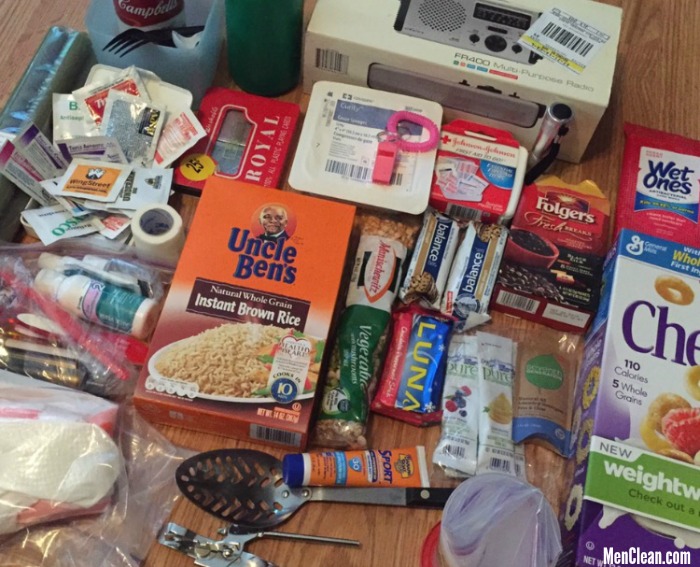
Food:
- You should have at least three days of food per person
- Avoid foods that will make you thirsty
- Ready-to-eat canned meats, fruits, vegetables
- Some good foods to have in your kit are: protein or fruit bars, cereal, granola, peanut butter, dried fruit, nuts, non salted whole grain crackers, canned juices, non-perishable pasteurized milk/dry milk, high energy foods, vitamins, food for infants, comfort/stress foods
Water:
- One gallon of water per person per day (for three days), for drinking and sanitation.
- Children, nursing mothers and sick people may need more water.
- A medical emergency might require additional water.
- If you live in a warm weather climate more water may be necessary. In very hot temperatures, water needs can double.
- There are many ways to store water, access your future needs and plan accordingly. It may be better to keep some people to keep it in gallon containers versus for some 8 oz water bottles would be best.

Supplies:
- A battery powered or hand crank radio AS WELL as a NOAA weather radio with tone alert and extra batteries for both
- Flashlight and extra batteries (per person)
- First aid kit
- Whistle to signal for help (per person)
- Dust mask to filter air (per person)
- Plastic sheeting and duct tape to make temporary shelter
- Moist towelettes, garbage bags, and ties for personal sanitation
- Wrench or pliers to turn of utilities
- Can opener, cook stove, pot to cook in, metal utensils (if you have food that requires them)
- Local map
- Phone chargers for your car
- Prescription medications and glasses
- Sunscreen and Chapstick
- Infant formula and diapers (if applicable)
- Cash and change (cash should preferably be in small bills)
- Sleeping bag and blanket (per person) and extra bedding if in a cooler climate
- At least one full change of clothing (per person) including a long sleeved shirt, long pants, sturdy shoes, socks, and undergarments. Consider your local weather conditions as well. Perhaps extra layers if in a cold climate area or shorts and t-shirts if in a warmer climate
- Fire extinguisher
- Matches in a waterproof case
- Feminine supplies and personal hygiene products
- Disposable plates, cups, bowls, utensils, and paper towels
- Paper and pencils/pens
- Books, games, puzzles, ect., for entertainment (non electronic)
- Important family documents such as copies of insurance policies, identification and bank account records in a waterproof portable container **Tip: Set up and email address in advance with scans of important paperwork, documents, account information (including account numbers, passwords, and telephone numbers), as well as irreplaceable photos for backup purposes and exchange that information with a trusted family member out of town in case of emergency so they can access help for you.**
Customize each of these categories to each person’s needs. You know your family best. Make sure that you are also aware of any limitations that you have as well. It can be easy to also over do it. Keep it simple, and be prepared.
Check out these organizing and cleaning tips:
How to Organize DVD Collection
How to Easily Organize Your Pantry
4 Tips to Organize Your Glove Box
Organizing Lunch Box for Kids

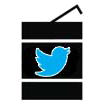
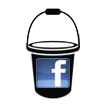
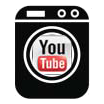
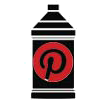

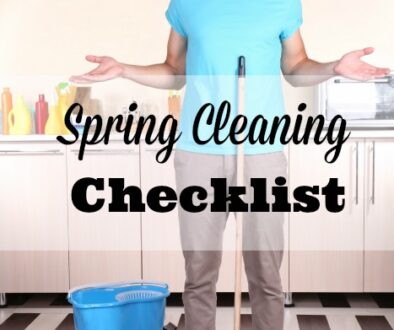
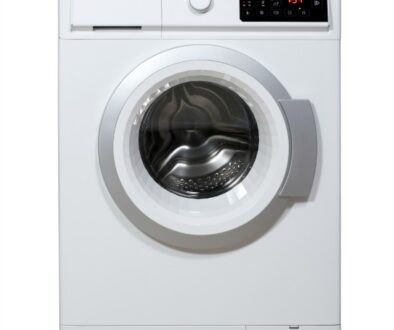

September 19, 2015 @ 1:56 am
wow this is such a great list! its always a good idea to keep things for an emergency because we never know when one might come up, especially with having kids in the mix.